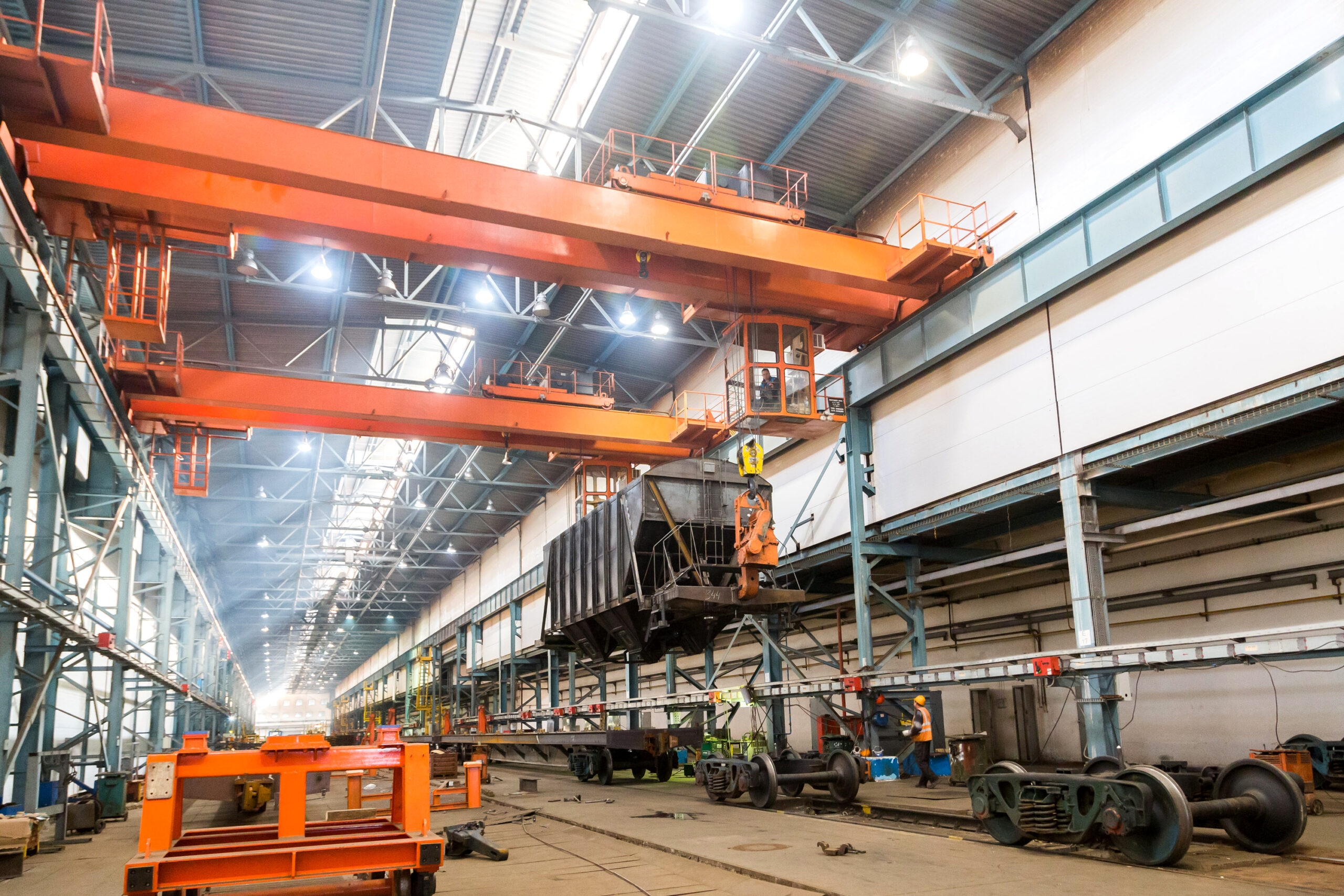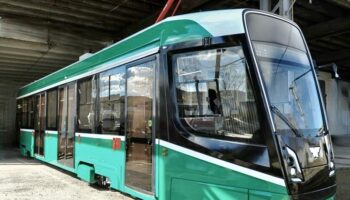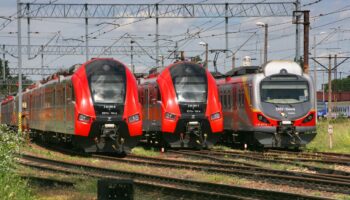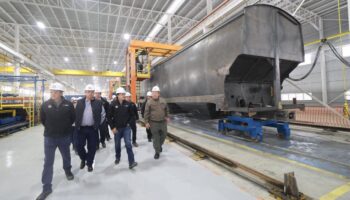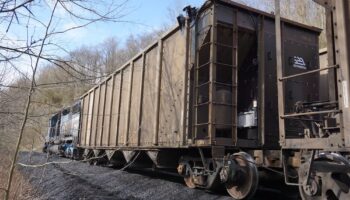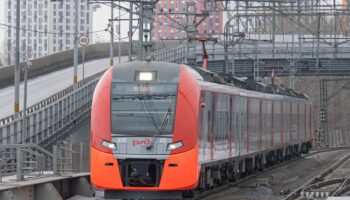Russia: For the planned increase in the freight cars production, the Kanash Railway Car Building Plant (KAVAZ, part of the Tractor Plants holding (CTP)) joined the national project to increase labor productivity, implements a project of a car digital twin, as well as testing laboratories were merged on the basis of the parent company.
KAVAZ’s participation in the labor productivity growth national project involves improving the railcar bogies production. The project is designed for three years and will be aimed at reducing the production time, improving the quality and increasing the quantity of products manufactured. Phased implementation is planned: diagnostics of current production processes at the enterprise, development of an action plan and its subsequent implementation. According to Pavel Fomin, director for the development of the KAVAZ production system, the state support envisaged by the national project will allow to increase labor productivity by 30% without additional costs and to reduce production expenses.
As Andrey Vodopyanov, CEO of CTP, reported earlier, in 2022 KAVAZ plans to produce 5.2 thsd freight cars, which is almost a quarter more than in 2021 (4.2 thsd were produced, 6.7% of the total production in Russia). Also, with the support of the Ministry of Industry and Trade, KAVAZ is producing a flat car prototype for a speed of 140 km/h. It is planned to be certified this year. Other promising projects of freight cars are hatch 12-1304-01 gondola car (25-t axle load, 75 t load limit, and 88 m3 capacity), as well as 19-9974-02 hopper wagon for grain transportation (25-t axle load, 76.5 t load limit, 104 m3 capacity).
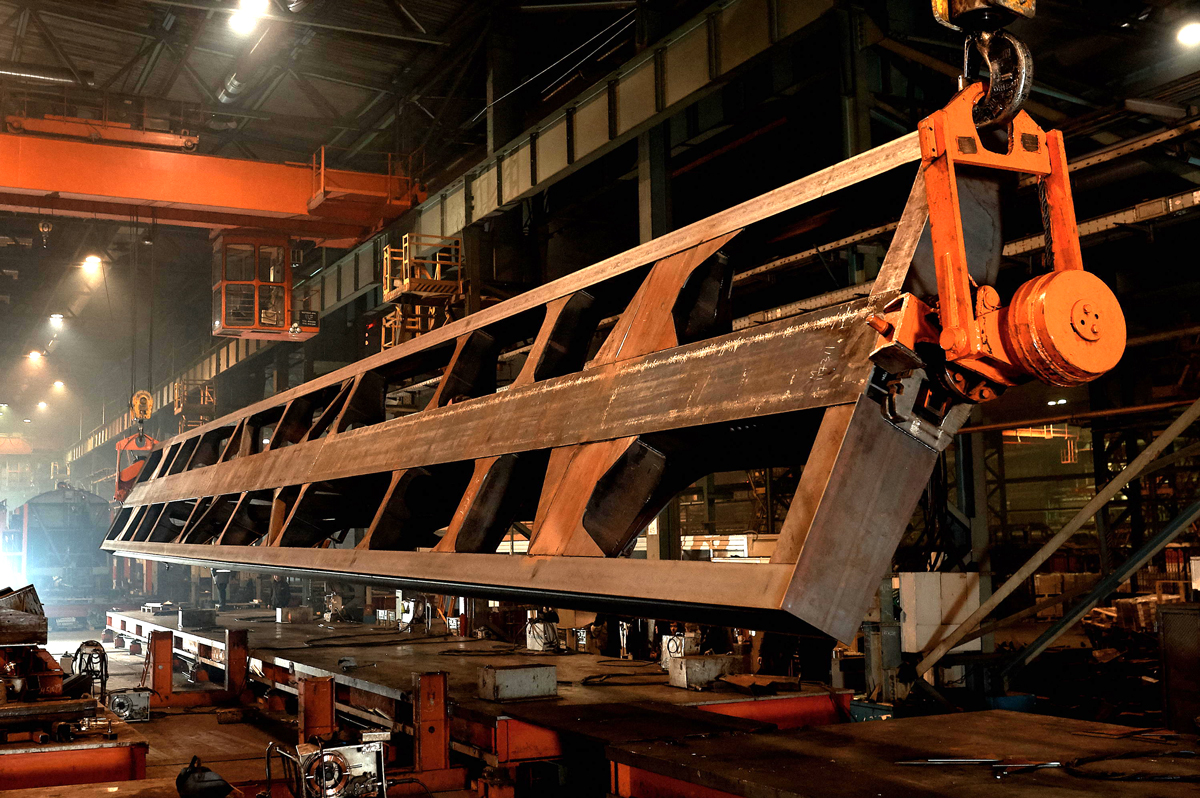 Manufacture of the platform at the Kanash Railway Car Building Plant (KAVAZ). Source: pravdapfo.ru
Manufacture of the platform at the Kanash Railway Car Building Plant (KAVAZ). Source: pravdapfo.ru
The company is also working to improve the quality of products. Thus, KAVAZ is implementing a project to create a car digital twin, which should allow identifying parts from the moment of production and tracking them through a distributed database throughout their entire service life.
Another CTP’s subsidiary, the Promlit industrial casting plant, was one of the first in 2020 to connect to the Electronic Inspector automated system, which includes a database of component quality digital passports with a qualified E-signature. As Valentin Gapanovich, President of the Union of Industries of Railway Equipment (UIRE), told ROLLINGSTOCK Agency, Promlit has currently provided information about more than 70 thsd parts into the database, including side frames, bolsters, and recently SA3 automatic couplers and traction clamps. “KAVAZ also joined the Electronic Inspector project in March 2021. The manufacturer issues digital passports for axles and wheelsets. At the moment, the system includes data on more than 14.5 thsd units of such production”, said the head of UIRE.
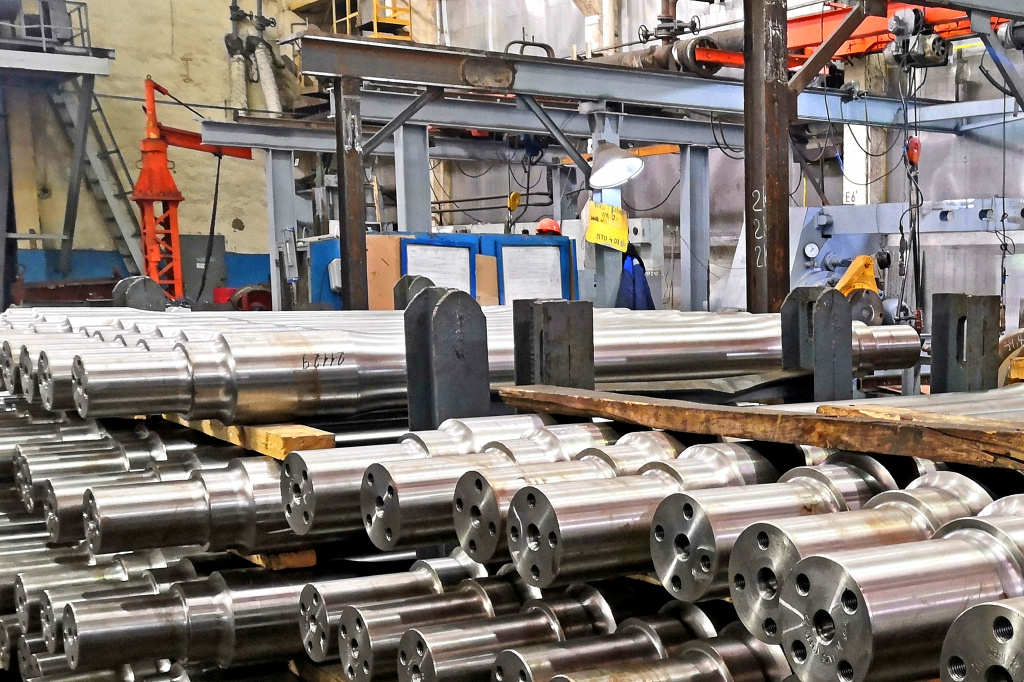 In the bogie workshop of the Kanash Railway Car Building Plant (KAVAZ). Source: CTP
In the bogie workshop of the Kanash Railway Car Building Plant (KAVAZ). Source: CTP
Additionally, in March of this year, 6 laboratories located at all CTP’s production sites were merged into a united competence center for laboratory research and testing – the quality service of the Industrial Operator CTP (IO CTP). According to Anastasia Goldshtein, deputy director for quality and ecology of IO CTP, this should significantly reduce the cost of accreditation and certification of laboratories, as well as obtain unified certificates for products manufactured by several producers.
The quality service of IO CTP included laboratories for non-destructive testing, sample preparation and mechanical testing, metals and alloys, non-metallic materials, molding materials and industrial sanitation. At the same time, according to Valentin Gapanovich, the non-destructive testing laboratory, in which freight cars parts and components are tested, was certified in January this year. The scope of its certification included magnetic particle testing using a luminescent suspension and ultrasonic testing of wheelset axles, brake rods, bogie side frames, bogie bolsters, automatic coupler bodies, traction collars, and car welds.



